What is unified communications monitoring?
Unified communications monitoring (UC monitoring) helps ensure that the performance of your video and calls are seamless. A unified communications monitoring tool provides actionable insights across your entire voice, video, and collaboration systems—Cisco, Polycom, LifeSize, Microsoft, and more—and helps keep your systems and services up and running and your users connected, while maintaining a superb network experience.
What is VOIP monitoring?
Voice over Internet Protocol (VOIP) monitoring uses specific tools to manage the set of technologies used to supply voice communications as well as multimedia encounters over the internet. These technologies can include sending messages via voice, SMS, fax, or voice messaging over the internet by way of broadband services rather than using a traditional phone service. VOIP monitoring encompasses observing and creating records of both the large and small aspects of your VOIP network as they relate to your overall UC monitoring software.
VOIP monitoring tools check any node that is consequential to your entire VOIP system as it pertains to your UC monitoring system. These tools can create reports, generate alerts, and provide resources that allow your enterprise to observe every aspect of your VOIP networks, while improving the quality of service at all times.
How can UC and VOIP monitoring help an organization like yours?
UC and VOIP monitoring help you see all of your voice, video, and collaboration systems, helping you monitor configuration, performance, and capacity.
Today’s UC and VOIP monitoring solutions are complex, hybrid technologies, composed of physical servers, virtual appliances, cloud-based resources, software applications, dedicated endpoints, and a number of other elements operating together across a standard network.
With the hybrid nature of UC and VOIP technologies and new technical components being introduced every day, tracking and managing your unified communications platform is more complex than ever. Yet, the demand and use of these systems have never been greater.
Benefits of UC and VOIP Monitoring

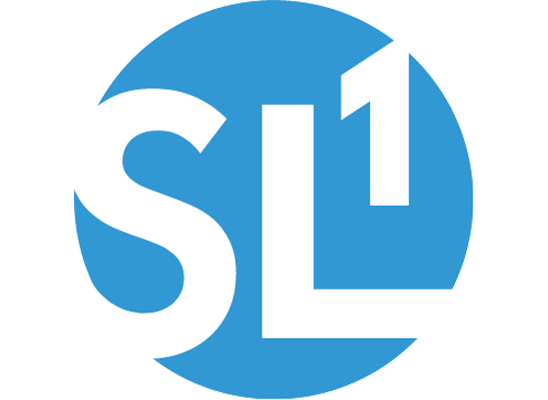
The ScienceLogic SL1 Platform for UC & VOIP Monitoring
The ScienceLogic SL1 platform discovers and monitors all of your UC and VOIP components—as well as the underlying infrastructure to improve your quality of service. SL1 enables you to show the value your video and voice services deliver through custom dashboards available to you and your end-users.
- Ensure the highest in call and video quality, by receiving and responding to QoS alerts immediately.
- Generate synthetic voice traffic for use in pinpointing the nature of QoS issues.
- Understand the nature of any voice and video issues, by using the built-in call and video log indexing and searching functionality.

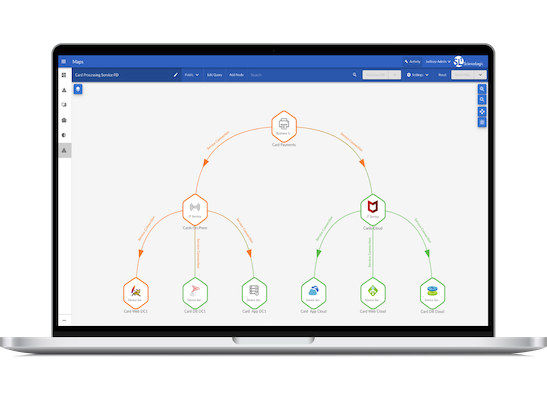
SL1 UC & VOIP Monitoring Capabilities
Is your organization using your video conferencing and collaboration systems to their full capacity? ScienceLogic can help you deliver an excellent experience to your end-users, including:
- Support for multiple leading telepresence systems, such as Cisco (Tandberg), Polycom, Pexip, and LifeSize
- Coverage of all aspects of your telepresence system including endpoints, MCUs, Gateways, and SBCs
- Powerful call quality monitoring featuring near-real-time QoS statistics, historical call quality analysis, and the ability to automatically trigger Cisco Mediatrace
- Robust support for Cisco Collaboration, supporting monitoring of file system, interfaces, processes, TCP ports, and software packages
- Coverage for the entire collaboration stack including media resources, gateways, trunks, locations, and server
Read how ScienceLogic helped transform Cisco’s Multi-Cloud Operations.
Sample of UC & VOIP Monitoring Supported Vendors


Are legacy ITOM tools leaving you paralyzed?
It’s time to start asking questions about your legacy ITOM monitoring tools. Download the eBook, “Are legacy ITOM tools leaving you paralyzed?” to find out just how legacy ITOM tools are affecting your business. In it, you’ll be asked the following questions:
- Are legacy ITOM tools leaving you paralyzed?
- Do you have the right toolset?
- Is your ITOM vendor leaving you behind?






